I know how to plot several density curves/polygrams on one plot, but not conditional density plots. Reproducible example:
require(ggplot2)
# generate data
a <- runif(200, min=0, max = 1000)
b <- runif(200, min=0, max = 1000)
c <- sample(c("A", "B"), 200, replace =T)
df <- data.frame(a,b,c)
# plot 1
ggplot(df, aes(a, fill = c)) +
geom_density(position='fill', alpha = 0.5)
# plot 2
ggplot(df, aes(b, fill = c)) +
geom_density(position='fill', alpha = 0.5)
In my real data I have a bunch of these paired conditional density plots and I would need to overlay one over the other to see (and show) how different (or similar) they are. Does anyone know how to do this?




